Ecosanctuaries are currently our modern-day ‘Noah’s Ark’. In New Zealand they range from small islands in the middle of lakes and unfenced mainland ecosanctuaries to isolated marine islands, fenced off peninsulas and the ‘mainland islands’ of ring-fenced sanctuaries like Maungatautari, Orokonui and Zealandia.
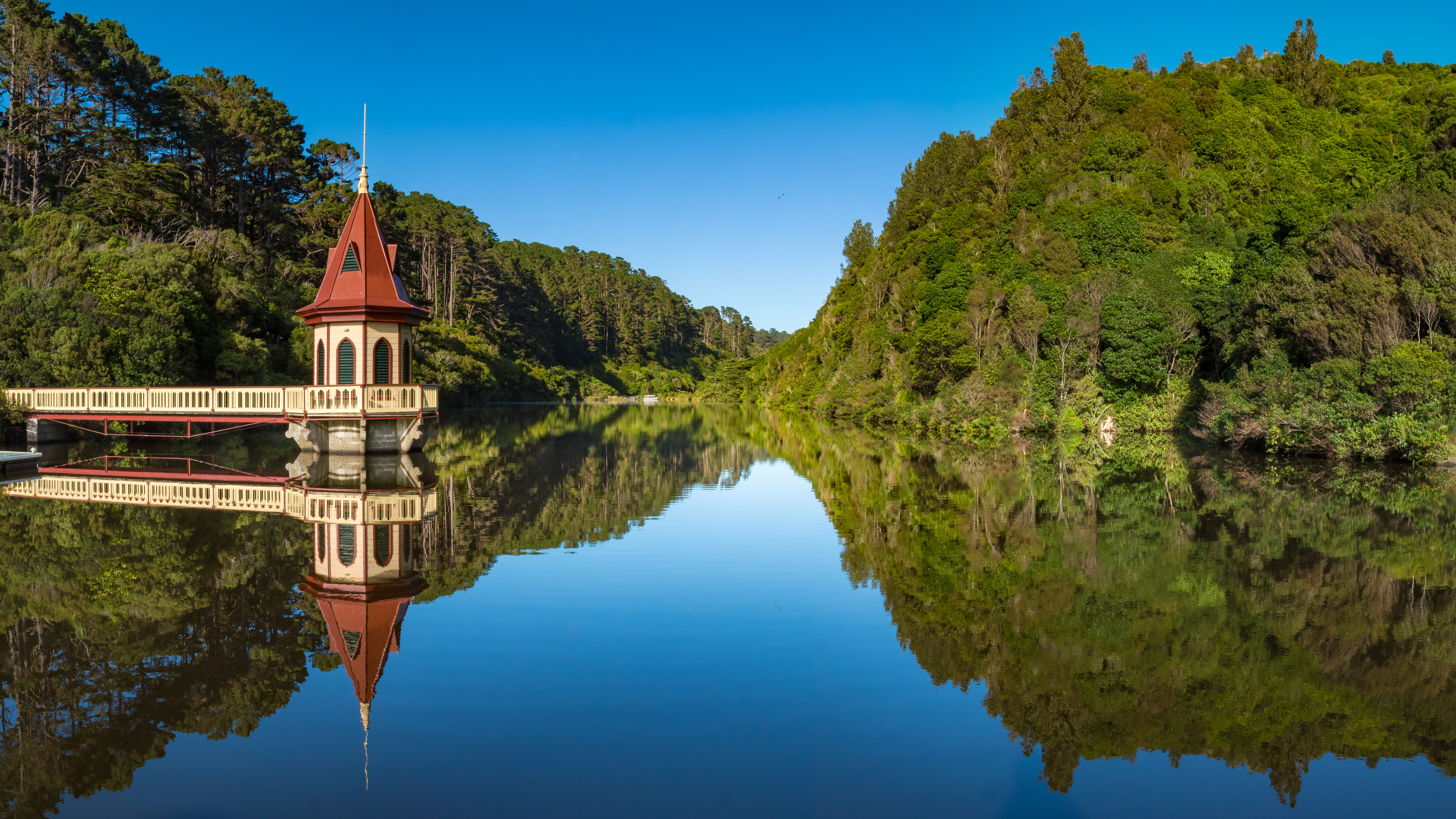
An article recently published in the Journal of the Royal Society of New Zealand looks at the types and attributes of the various kinds of ecosanctuary and at the outcomes and achievements that they’ve made. The authors are John Innes, Neil Fitzgerald, Rachelle Binny, Andrea Byrom, Roger Pech, Corinne Watts, Craig Gillies, Matt Maitland, Colin Campbell-Hunt and Bruce Burns.
“We define an ecosanctuary in a New Zealand context as ‘a project larger than 25 ha implementing multi-species, pest mammal control for ecosystem recovery objectives, and with substantial community involvement’. We present attributes of 84 projects meeting this definition, including three lacustrine islands (islands associated with lakes), 16 marine islands, seven ring-fenced ecosanctuaries, seven peninsula-fenced ecosanctuaries and 51 unfenced mainland ecosanctuaries.”
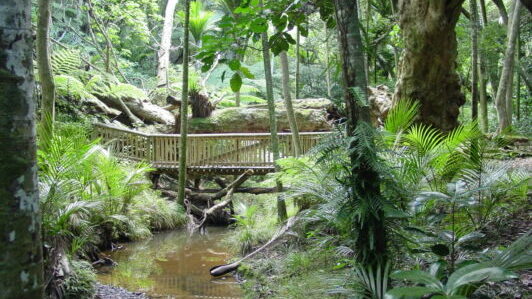
The term ecosanctuary has gradually entered our vocabulary and understanding over the last 20 years as a place where native species and plants are conserved, and pests are actively managed or eliminated. But according to the authors, it is only in relatively recent times that the damage done by predators has been fully understood.
“As late as the 1970s, there were suspicions, but substantial uncertainties, about the impacts of pest mammals on New Zealand wildlife, although the devastating role of past forest clearance was obvious. Ecologists noted that bird responses to pest mammals apparently varied from high sensitivity (e.g. tīeke) through perceived tolerance (e.g. kiwi) to apparent benefit (e.g.harrier, ruru and kingfisher.”
“In the 1980s, increasing numbers of mammal eradications and other manipulations on islands, combined with translocations of threatened species to newly pest-free islands, slowly clarified the important roles of pest mammals in fauna declines.”
To some extent, the long-lived nature of many of our endemic birds was masking the devastating effects of predators on hatching and raising young.
“An important scientific conclusion was that these endemic bird species were long-lived but had poor juvenile recruitment because of mammal predation, resulting in small, aging populations persisting for decades on the mainland, apparently co-existing with their agents of decline.”
So it looked like there were still plenty of birds around – but they were mostly long-lived older birds without a younger generation to replace them. In the 1990s large scale, sustained predator control in forests helped some birds like mohua, North Island kokako, kākā, North Island brown kiwi and such areas of intensive effort became known as ‘mainland islands’. But more was needed to protect other vulnerable species.
“During 1994–1996, trials that pitted pest mammals against fence designs resulted in effective, multi-species, pest-resistant fences being built at Warrenheip ecosanctuary in the Waikato and Zealandia (Karori Wildlife Sanctuary) in Wellington in 1999. At these relatively small sites, multiple pest species could be eradicated inside the fences, as had been possible on marine islands for many decades.”
“We base this review on an ecosanctuary dataset of 84 projects that we have maintained for 15 years and updated in September–November 2018. Here we seek to identify contributions and key challenges of groups involved with NZ ecosanctuaries through:
- defining the term ‘ecosanctuary’;
- with this definition, identifying ecosanctuary types, locations, goals, area and private versus public land ownership;
- using published literature, to outline the outcomes of an ecosanctuary approach to biodiversity conservation.
“We define an ecosanctuary in a New Zealand context as a project larger than 25 ha implementing multi-species, pest mammal control for ecosystem recovery objectives and with substantial community involvement. Our definition unavoidably excludes numerous valuable conservation projects, including sites led by the Department of Conservation (DOC), with little or no community involvement (e.g. Fiordland Islands), remote offshore islands, small (<25 ha) fenced mainland sites and many mainland restoration sites for featured species such as kiwi, North Island kōkako and whio. The main point is that numerous definitions are possible, and all will have limitations because conservation sites, objectives and participants are diverse and rapidly changing.”
The main types of ecosanctuaries considered are:
Island ecosanctuaries
The 19 island ecosanctuaries range from 25–3842 ha (average 1800 ha). Inshore island ecosanctuaries are at risk of invasion from mammals that arrive by swimming, drifting on debris or being transported by boat, and have reinvasion risks between remote marine islands and mainland ecosanctuaries. Approximately half of island ecosanctuaries are led by DOC and the rest by community trusts and societies of various kinds; all are, to some extent, collaborative.
Ring-fenced ecosanctuaries
“The first trials of contemporary fences capable of excluding all pest mammals (‘pest-fences’) started in 1994 in Wellington and led to Zealandia, the first mainland pest-fenced ecosanctuary. Additional trials of animal jumping, climbing and exploration behaviour were undertaken in the Waikato starting in 1996 and led to the construction of the 47 km fence enclosing Maungatautari, which is still by far the largest pest-fenced ecosanctuary in New Zealand. Ring-fences are effective only if eradication of target species is achieved inside them, and if reinvading individuals can be detected and removed.”
“One interaction that fenced sanctuaries frequently fail to curtail is mouse populations increasing after ship rat removal, because mice often remain after all other mammals have been eradicated. Fenced ecosanctuaries face a constant risk of reinvasion from multiple pest species, regardless of time of day or season, although the greatest risk is from rodents on summer nights.”
Peninsula-fenced ecosanctuaries
“Peninsula-fenced ecosanctuaries enable shorter fence lengths to limit reinvasion to larger land areas, compared to ring-fenced ecosanctuaries, as the ocean protects most of the sanctuary perimeter, so they may be more cost effective. However, there is a greater risk of reinvasion of peninsula-fenced ecosanctuaries around the ends of the fence.”
“Peninsula-fenced ecosanctuaries in New Zealand range widely in size, from 40 ha Kaipupu Point (Picton) to 2500 ha Cape Sanctuary (Hawkes Bay). In contrast to islands, no pest-fenced ecosanctuaries are led by DOC although Auckland Council leads two peninsula-fenced ecosanctuaries (Tawharanui and Shakespear) and other Councils are crucial supporters of others (e.g. Zealandia, Maungatautari).”
DOC Mainland Islands (MIs)
“During 1995–1996, DOC initiated six MI restoration areas, three of which (Trounson Kauri Park (Trounson), Northland; Boundary Stream Reserve, Hawkes Bay; Paengaroa Reserve, Manawatu) were forest or shrubland habitat surrounded largely by pastoral land, and three (Te Urewera, Bay of Plenty; Rotoiti Nature Recovery Project, Nelson Lakes National Park; Hurunui River, inland Canterbury) were managed forest within larger forest areas.”
Other unfenced ecosanctuaries
“Excluding islands, fenced ecosanctuaries and DOC MIs, there are 47 other unfenced ecosanctuaries (also colloquially known in New Zealand as mainland islands) that total 34,000 ha of ground-based ship rat, possum and stoat control, which is most (76%) of the total mainland ecosanctuary area (excluding aerial 1080).”
While fencing a sanctuary is expensive, the constant need to trap and poison predators in an unfenced sanctuary is an ongoing cost in both budget and volunteer labour. So how effective are fenced and unfenced sanctuaries in achieving predator control and restoration goals?
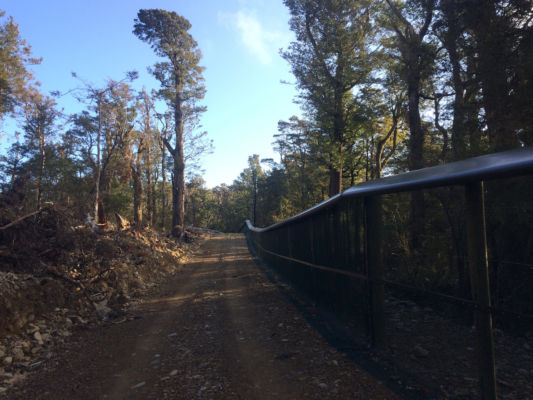
“Unfenced ecosanctuaries target fewer mammal pest species than fenced; the mean number targeted in unfenced ecosanctuaries is 6.2 compared to 9.0 in peninsula-fenced ecosanctuaries and 13.7 in ring-fenced ecosanctuaries. Despite constant reinvasion from surrounding land, unfenced ecosanctuaries using best available techniques usually achieve lower abundances of target pests than if there was no management. For example, at Pirongia, Waikato, during 2007–2013, post-control ship rat tracking indices averaged 1.3% compared with 61.8% before control, and at Ark in the Park, Waitakeres, rat tracking indices during 2005–2014 averaged 4.6% inside the project but 53.5% outside.”
Ecological restoration is the main goal of most ecosanctuaries.
“A valuable framework for restoration in New Zealand sanctuaries is ‘ecological integrity’. Key elements of ecological integrity are ‘indigenous dominance’ by which key ecological processes are shaped by indigenous rather than exotic species, ‘species occupancy’ by which indigenous species that could be present at a site are actually present, and ‘environmental representation’ by which the biota should be naturally distributed across existing environmental gradients of climate, soils and geology. Indigenous dominance and species occupancy are increased by pest control and translocations respectively, which are the two most frequent activities undertaken by ecosanctuary managers.”
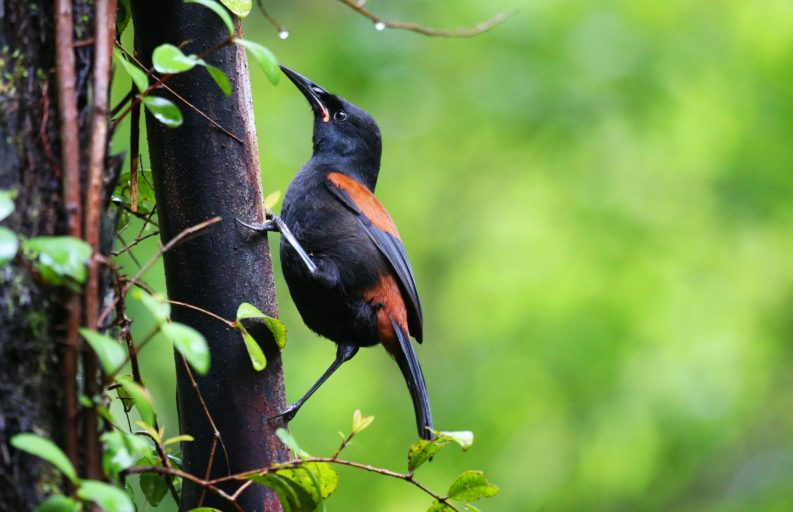
So what makes an ecosanctuary project successful and how well do ecosanctuaries meet their objectives?
“Success factors include a longterm vision and an initial charismatic project leader; predominantly natural ecosystems established within and around the ecosanctuary; strong, sustained relationships with the local community, iwi and agencies (such as DOC); effective long-term governance structures including sound business planning, and (usually) the ability to fundraise.”
Ecosanctuaries need to be sustainable.
“In the 15 years since we have maintained a dataset, the total number and area of sanctuaries have grown annually. There is widespread and growing iwi involvement. Maungatautari, the largest pest-fenced ecosanctuary, is co-managed between iwi and the broader community, while some sanctuaries such as Ngapukeariki, East Cape and Parininihi, north Taranaki, are iwi-led.”
There have been many measurable biodiversity benefits from the various types of ecosanctuary and the authors give some examples.
“Nationally, eradications have increased the proportion of offshore island area without pest mammals from 0.5% to 10%. Large-scale planting has sometimes been a prerequisite for animal species restoration, such as at Tiritiri Matangi Island where planting increased vegetation cover from 6% (13 ha) to c. 60% (132 ha) during 1984–1994.”
“Ring-fenced ecosanctuaries have spectacularly enabled the return to the mainland of some highly pest-sensitive taxa such as tīeke, hihi and tuatara that previously persisted only on offshore islands. Restoring birds can subsequently restore mutualisms; at ring-fenced Maungatautari (Waikato), greater numbers of tūī and bellbirds resulted in greater pollination of tree fuchsia.”
Less data has been published about biodiversity outcomes for peninsula ecosanctuaries.
“At Tawharanui north of Auckland, bellbird, North Island kākā, grey-faced petrel, common diving petrel and fluttering shearwater all self-introduced after sanctuary establishment.”
The benefits also extend beyond sanctuary boundaries.
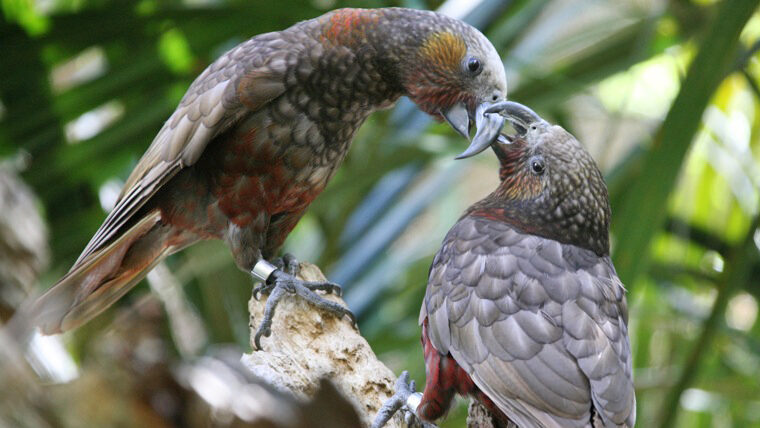
“Birds from sanctuaries also frequently disperse outside. At Orokonui, Dunedin, native frugivorous birds and saplings of trees with bird dispersed fruits were both more abundant in and nearby the ecosanctuary than 20 km away. Forest birds (North Island kākā, red-crowned kākāriki, whitehead, tomtit and bellbird have recolonised many urban forests in the Wellington area in the last decade, likely partly from Zealandia fenced ecosanctuary and from other areas with pest control. Maximum winter tūī counts increased greatly 5–10 km away from pest-fenced Maungatautari for at least 6 years after mammal eradication inside the fence.”
While the benefits are significant, ecosanctuaries account for only a small proportion of our land area.
“The total area of ecosanctuaries in our database is only 61,749 ha, 0.2% of the New Zealand land area.”
There’s room for improvement in sanctuary management, the authors beliee, particularly in prioritising projects and measuring outcomes.
“Most community groups that establish ecosanctuaries lack the technical expertise, resources and mandate to undertake regional or national prioritisation. There is a strong need for agency leadership of this, and to develop best practice pest control, pest monitoring and biodiversity outcome monitoring tools, as goals for national restoration of biodiversity rapidly expand.”
The authors also look at the relationship between sanctuaries and Predator Free New Zealand initiatives.
“PFNZ differs from ecosanctuaries in having a pest outcome target rather than a biodiversity outcome target, but biodiversity recovery may be restricted in parts of PFNZ projects in large pastoral or urban landscapes where habitat for forest fauna is limited. Habitat restoration by fencing, setting aside marginal land, or planting may be as important as mammal pest control for restoring some species to fragmented and degraded, usually pastoral, landscapes.”
The full article is published in the Journal of the Royal Society of New Zealand. Only the abstract is freely available online to non-subscribers.
New Zealand ecosanctuaries: types, attributes and outcomes (2019)

